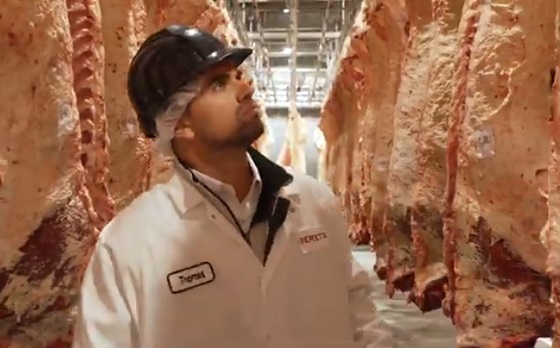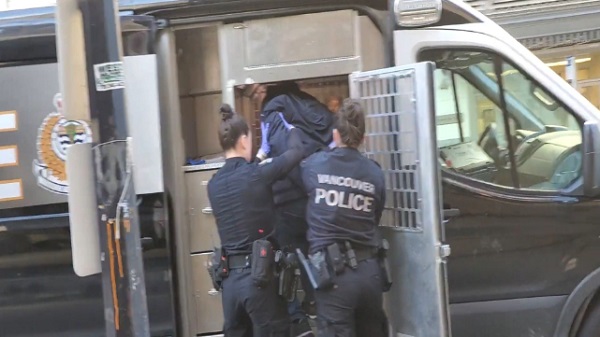National
Low and middle income Canadians hit hardest by high marginal effective tax rates
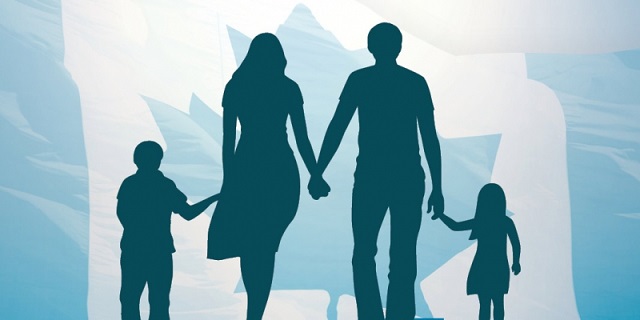
From the Fraser Institute
By Philip Bazel
A new study published by the Fraser Institute today finds that Canadian families and individuals with annual incomes between $30,000 and $60,000 face marginal effective tax rates near or above 50%.
Among the provinces, BC has the lowest tax rates of 38%.
Ontario has a rate of 50% – and high-income families at $300,000+ are taxed lower at 44%.
Families with modest income brackets consistently face disproportionately high marginal effect tax rates, raising questions of fairness and efficiency in the tax and transfer system.
Dig into the numbers and see how your province placed here.

Canadian families and individuals with annual incomes between $30,000 and $60,000 face marginal effective tax rates near or above 50 per cent, finds a new study published by the Fraser Institute, an independent, non-partisan Canadian public policy think-tank.
“Canadian families with modest incomes face high marginal effective tax rates, often higher rates than Canadians in top income tax brackets,” said Jake Fuss, director of fiscal studies at the Fraser Institute, which published Marginal Effective Tax Rates for Working Families in Canada by Philip Bazel, an associate at the School of Public Policy at the University of Calgary.
The marginal effective tax rate (METR) measures the personal income taxes paid (federal and provincial) and the reductions in government benefits, resulting from earning an extra dollar. For example, the Canada Child Benefit, a monthly payment, is reduced as family income increases. In other words, the effective tax rate is the combination of taxes you pay and benefits you lose as you make more money.
Crucially, across the provinces, individuals and families with relatively modest incomes face the highest rates. This unfortunately creates a disincentive for earning additional income, as the financial benefits are significantly offset by increased taxes and/or reduced government benefits.
Canadian families with modest incomes, particularly those earning between $30,000 and $60,000, face the highest marginal effective tax rates. For example, families earning a household income of $60,000 are subject to an effective tax rate of 50 per cent or higher in every province. In Quebec, the METR is as high as 67 per cent at this income level.
Among provinces, BC has the lowest rate (38 per cent) averaging across the $30,000 to $60,000 bracket. Ontario’s rate for the $30,000 to $60,000 bracket is 6 percentage points higher (50 per cent) than high-income families at $300,000 or higher (44 per cent).
“Families with modest income brackets consistently face disproportionately high METRs, raising questions of fairness and efficiency in the tax and transfer system,” Bazel said.
“These findings highlight the need to prioritize METR reductions for low-income families.”
Author:
National
Women and girls beauty pageant urges dismissal of transgender human rights complaint

There has not been a human rights case in Canada that has dealt with whether children’s emotional, mental, and physical safety should take precedence over a transwoman’s desire to access a female changeroom.
The Justice Centre for Constitutional Freedoms announces that Canada Galaxy Pageants (CGP), a beauty competition based in Mississauga, Ontario, continues to face a drawn-out human rights complaint filed in 2019 by Ms. Jessica Yaniv (also known as Ms. Jessica Simpson). Despite repeated delays, missed deadlines, and inadequate filings by Ms. Simpson, the Human Rights Tribunal of Ontario (Tribunal) has allowed the case to continue—imposing years of uncertainty, stress, and reputational harm on pageant activities and its organizers.
On July 8, 2025, lawyers provided by the Justice Centre wrote to the Tribunal requesting that the complaint against the pageant be dismissed.
The conflict began in 2019, when Ms. Jessica Simpson (identifying at the time as Ms. Jessica Yaniv) was asked whether she had fully transitioned to female prior to competing in a CGP beauty pageant. Ms. Simpson refused to answer and filed a complaint with the Tribunal, seeking $10,000 in damages for “injury to dignity and feelings” and a ruling against the pageant that it must allow biological males to participate alongside biological females and young girls.
CPG pageants are private events that include female competitors as young as six years old, and require participants to change together backstage.
The pageant has a policy of accommodating fully transitioned transgender women, but has expressed safety and privacy concerns about allowing individuals with intact male genitals to access these female-only spaces.
There has not been a human rights case in Canada that has dealt with whether children’s emotional, mental, and physical safety should take precedence over a transwoman’s desire to access a female changeroom.
In January 2025, the Tribunal directed both parties to file hearing materials. While the pageant complied, submitting nine witness statements, including from concerned parents, Ms. Simpson repeatedly failed to meet deadlines and produced inadequate submissions. Ms. Simpson was nevertheless granted multiple extensions, but still failed to submit a proper case summary or witness list beyond naming her own mother.
The Tribunal has not yet indicated whether it will proceed to a hearing or will finally dismiss the claim.
Constitutional lawyer Allison Pejovic stated, “This beauty pageant has already made reasonable accommodations for fully transitioned transgender females without male genitals.”
“It is imperative that biological women and girls have safe, secure, female-only places where they won’t have to worry about seeing male genitals, or about having individuals with male genitals looking at them,” Ms. Pejovic continued. “Little girls should not be exposed to male genitals. Period.”
Canada Galaxy Pageants continues to express gratitude for the legal support it has received from the Justice Centre.
The Tribunal is expected to decide in the coming weeks whether it will finally dismiss the complaint or extend further leniency to Ms. Simpson.
National
How Long Will Mark Carney’s Post-Election Honeymoon Last? – Michelle Rempel Garner
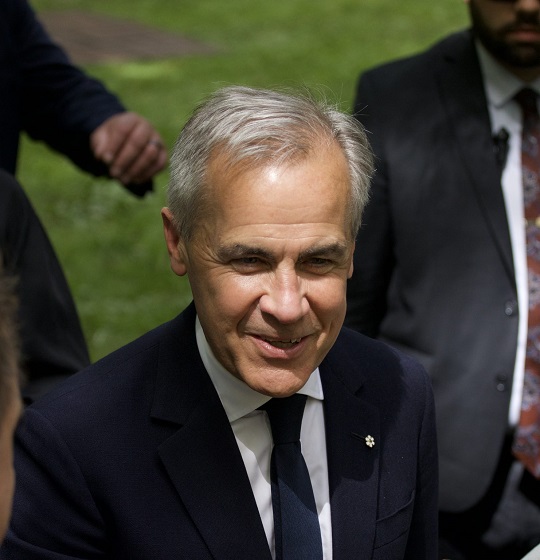
From Energy Now
Canadian Prime Minister Mark Carney seems to be enjoying a bit of a post-election honeymoon period with voters. This is a normal phenomenon in Canadian politics – our electorate tends to give new leaders the benefit of the doubt for a time after their election.
So the obvious question that arises in this circumstance is, how long will it last?
I’ve had a few people ask me to speculate about that over the last few weeks. It’s not an entirely straightforward question to answer, because external factors often need to be considered. However, leaders have a lot of control too, and on that front, questions linger about Mark Carney’s long-term political acumen. So let’s start there.
Having now watched the man in action for a hot minute, there seems to be some legs to the lingering perception that, as a political neophyte, Mr. Carney struggles to identify and address political challenges. In the over 100 days that he’s now been in office, he’s laid down some proof points on this front.
For starters, Mr. Carney seems to not fully grasp that his post-election honeymoon is unfolding in a starkly different political landscape than that of his predecessor in 2015. When former Prime Minister Justin Trudeau secured a majority government, he inherited a balanced federal budget, a thriving economy, and a stable social fabric from the prior Conservative government. These favorable conditions gave Trudeau the time and flexibility to advance his political agenda. By contrast, Canadians today are grappling with crises in affordability, employment, and crime – issues that were virtually non-existent in 2015. As a result, public patience with a new political leader may wear thin much more quickly now than it did a decade ago.
So in that, Carney doesn’t have much time to make material progress on longstanding irritants like crime and affordability, but to date, he really hasn’t. In fact, he hasn’t even dedicated much space in any of his daily communications to empathizing with the plight of the everyday Canadian, eschewing concern for bread and butter issues for colder corporate speak. So if predictions about a further economic downturn in the fall ring true, he may not have the longer term political runway Justin Trudeau once had with the voting public, which doesn’t bode well for his long term favourables.
Carney’s apparent unease with retail politics won’t help him on that front, either. For example, at the Calgary Stampede, while on the same circuit, I noticed him spending the bulk of his limited time at events – even swish cocktail receptions – visibly eyeing the exit, surrounded by an entourage of fartcatchers whose numbers would have made even Trudeau blush. Unlike Trudeau, whose personal charisma secured three election victories despite scandals, Carney struggles to connect with a crowd. This political weakness may prove fatal to his prospects for an extended honeymoon, even with the Liberal brand providing cover.
It’s also too early to tell if Carney has anyone in his inner circle capable of grasping these concepts. That said, leaders typically don’t cocoon themselves away from people who will give blunt political assessments until the very end of their tenures when their political ends are clear to everyone but them. Nonetheless, Carney seems to have done exactly that, and compounded the problem of his lack of political acumen, by choosing close advisors who have little retail political experience themselves. While some have lauded this lack of political experience as a good thing, not having people around the daily table or group chat who can interject salient points about how policy decisions will impact the lives of day to day Canadians probably won’t help Carney slow the loss of his post-election shine.
Further proof to this point are the post-election grumblings that have emerged from the Liberal caucus. Unlike Trudeau, who started his premiership with an overwhelming majority of his caucus having been freshly elected, Carney has a significant number of old hands in his caucus who carry a decade of internal drama, inflated sense of worth, and personal grievances amongst them. As a political neophyte, Carney not only has to prove to the Canadian public that he has the capacity to understand their plight, he also has to do the same for his caucus, whose support he will uniformly need to pass legislation in a minority Parliament.
To date, Carney has not been entirely successful on that front. In crafting his cabinet, he promoted weak caucus members into key portfolios like immigration, kept loose cannons in places where they can cause a lot of political damage (i.e. Steven Guilbeaut in Heritage), unceremoniously dumped mavericks who possess big social media reach without giving them a task to keep them occupied, and passed over senior members of the caucus who felt they should either keep their jobs or have earned a promotion after carrying water for a decade. Underestimating the ability of a discontented caucus to derail a leader’s political agenda – either by throwing a wrench into the gears of Parliament, leaking internal drama to media, or underperformance – is something that Carney doesn’t seem to fully grasp. Said differently, Carney’s (in)ability to manage his caucus will have an impact on how long the shine stays on him.
Mark Carney’s honeymoon as a public figure also hinges upon his (arguably hilarious) assumption that the federal public service operates in the same way that private sector businesses do. Take for example, a recent (and hamfistedly) leaked headline, proactively warning senior public servants that he might fire them. In the corporate world, where bonuses and promotions are tied to results, such conditions are standard (and in most cases, entirely reasonable). Yet, after a decade of Liberal government expansion and lax enforcement of performance standards, some bureaucrats have grown accustomed to and protective of Liberal slipshod operating standards. Carney may not yet understand that many of these folks will happily leak sensitive information or sabotage policy reforms to preserve their status quo, and that both elegance and political will is required to enact change within the Liberal’s bloated government.
On that front, Mr. Carney has already gained a reputation for being dismissive and irritable with various players in the political arena. While this quick-tempered demeanor may have remained understated during his relatively brief ascent to the Prime Minister’s office, continued impatience could soon become a prominent issue for both him and his party. Whether dismissing reporters or publicly slighting senior cabinet members, if Carney sustains this type of arrogance and irritability he won’t be long for the political world. Without humility, good humor, patience, and resilience he won’t be able to convince voters, the media, the bureaucracy, and industry to support his governing agenda.
But perhaps the most important factor in judging how long Mr. Carney’s honeymoon will last is that to date he has shown a striking indifference to nuclear-grade social policy files like justice, immigration, and public safety. His appointment of underperforming ministers to these critical portfolios and the absence of a single government justice bill in Parliament’s spring session – despite crime being a major voter concern – is a big problem. Carney himself rarely addresses these issues – likely due to a lack of knowledge and care – leaving them to the weakest members of his team. None of this points to long term political success for Carney.
So Mr. Carney needs to understand that Canadians are not sterile, esoteric units to be traded in a Bay Street transaction. They are real people living real lives, with real concerns that he signed up to address. He also needs to understand that politics (read, the ability to connect with one’s constituents and deliver for them) isn’t an avocation – it’s a learned skill of which he is very much still a novice practitioner.
Honeymoon or not, these laws of political gravity that Mr. Carney can’t avoid for long, particularly with an effective opposition litigating his government’s failures.
In that, I think the better question is not if Mark Carney can escape that political gravity well, but whether he’ll stick around once his ship inevitably gets sucked into it.
Only time – and the country’s fortunes under his premiership – will tell.
-
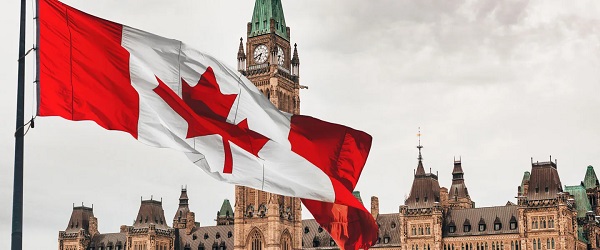
 Business2 days ago
Business2 days agoCarney government should recognize that private sector drives Canada’s economy
-
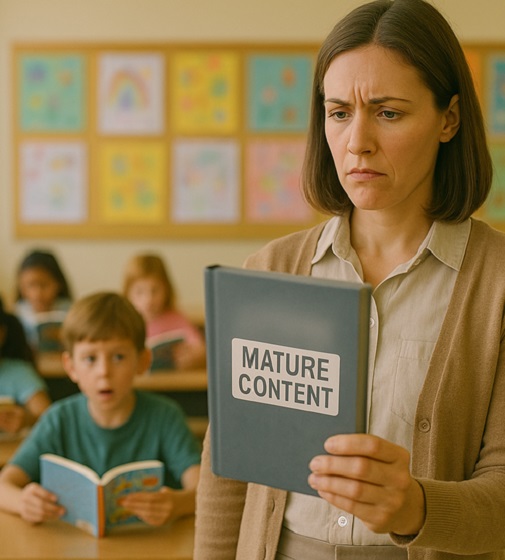
 Alberta1 day ago
Alberta1 day agoAlberta school boards required to meet new standards for school library materials with regard to sexual content
-

 Environment1 day ago
Environment1 day agoEPA releases report on chemtrails, climate manipulation
-

 Crime1 day ago
Crime1 day agoSweeping Boston Indictment Points to Vast Chinese Narco-Smuggling and Illegal Alien Labor Plot via Mexican Border
-

 Business2 days ago
Business2 days agoCannabis Legalization Is Starting to Look Like a Really Dumb Idea
-

 Bruce Dowbiggin2 days ago
Bruce Dowbiggin2 days agoThe Covid 19 Disaster: When Do We Get The Apologies?
-

 Alberta2 days ago
Alberta2 days agoFourteen regional advisory councils will shape health care planning and delivery in Alberta
-

 Business18 hours ago
Business18 hours agoCBC six-figure salaries soar



